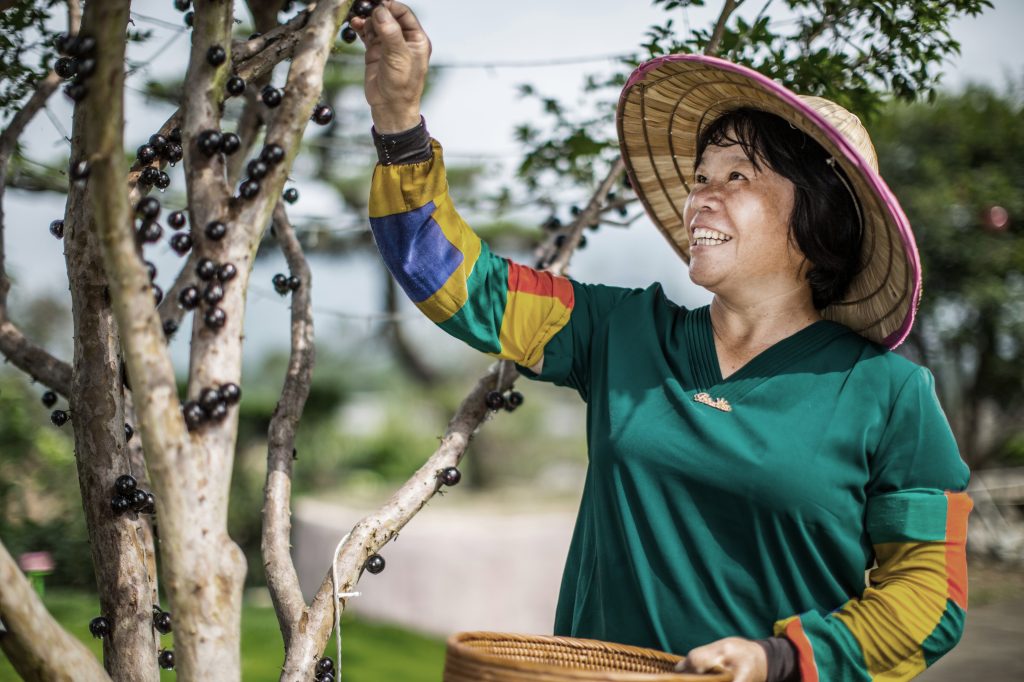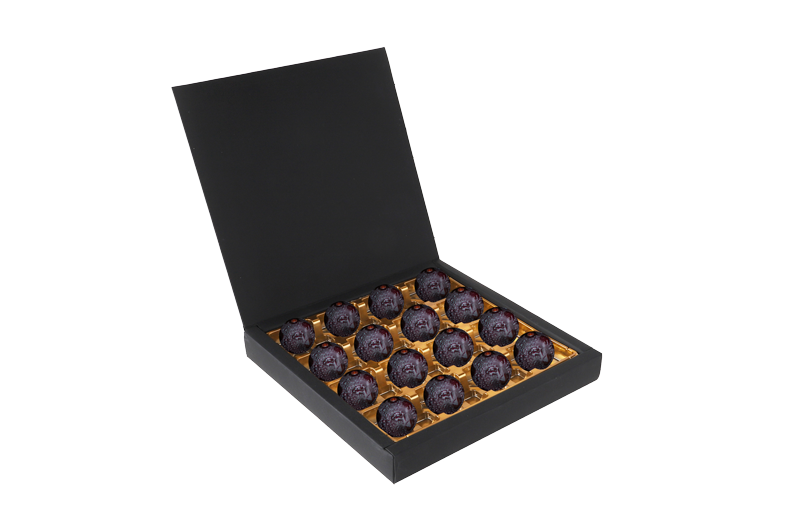
起源
Little known outside of their natural habitat, the Jabuticaba, (Myrciaria cauliflora (Vell.) O. Berg), tree of the myrtle family (Myrtaceae), is South America’s best kept secret. Resembling massive grapes, their fascinating growth on tree trunks resemble octopus tentacles to some. First discovered in the 17th century, part of their rarity comes from their highly perishable nature. Once harvested, Jabuticaba only last less than 7 days to remain its freshness.
Jabuticaba was first sown in Taiwan in the 1960s and was then, relocated and planted in Fujian, Zhejiang, Guangdong, Sichuan, Hubei, Guangxi, Jiangsu and Yunnan in the same year. Jabuticaba is getting evolved in Asia especially China, by reason of Jabuticaba is fairly adaptable to various kinds of growing conditions, tolerating sand or rich topsoil.



生長週期
Jabuticaba growth is very slow. Seedlings may not bear fruit until 8 to 15 years of age. The tree is a multi-trunked and evergreen. It produces delicious fruit right on the trunk and main branches. Trees that produce fruit right on the branches exhibit: Cauliflory, which is a botanical term referring to plants that flower and fruit from their main stems or woody trunks and not from new growth and shoots.
當嘉寶果成熟時,果樹會陸續開花,數以百計的白色小花在樹乾和樹枝上盛開,呈現出迷人的狀態。嘉寶果樹每年一般結實五至六次,果實可於新鮮採摘後即時食用。




收成
Jabuticaba fruits are ready to harvest when they are full colour and are somewhat soft. The fruit has a storage life of no more than 3–4 days at ambient temperatures. The fruit should be chilled as soon as possible after harvest. Harvesting from the tree and store directly into small coolers in the field prolongs shelf life.

產品包裝
We pack our Jabuticaba freshfruits to marketplace. We ensure food safety and quality assurance to our esteemed clients both locally and globally. We use to safely ship products with our sterilisable and protective packaging

